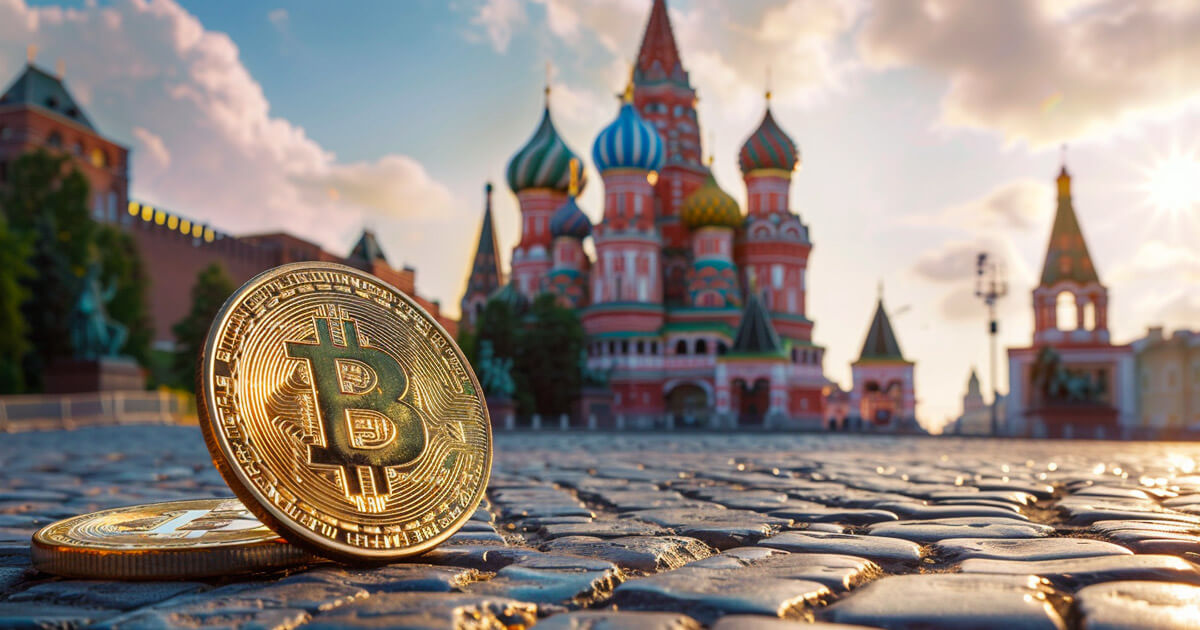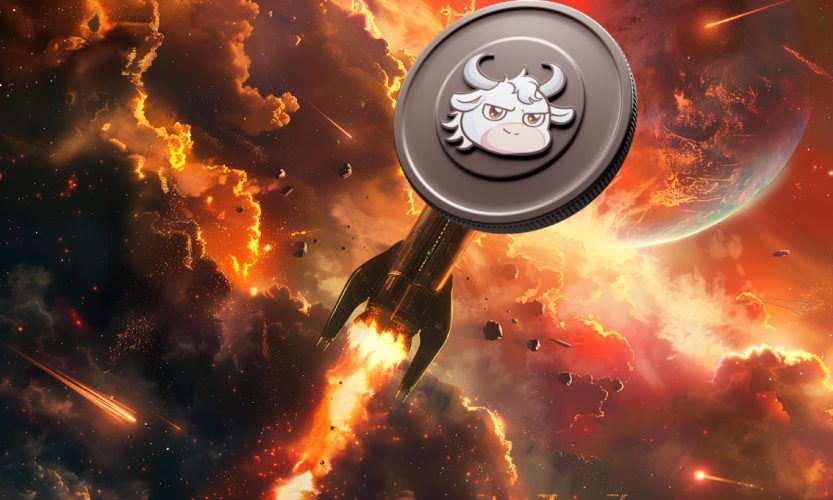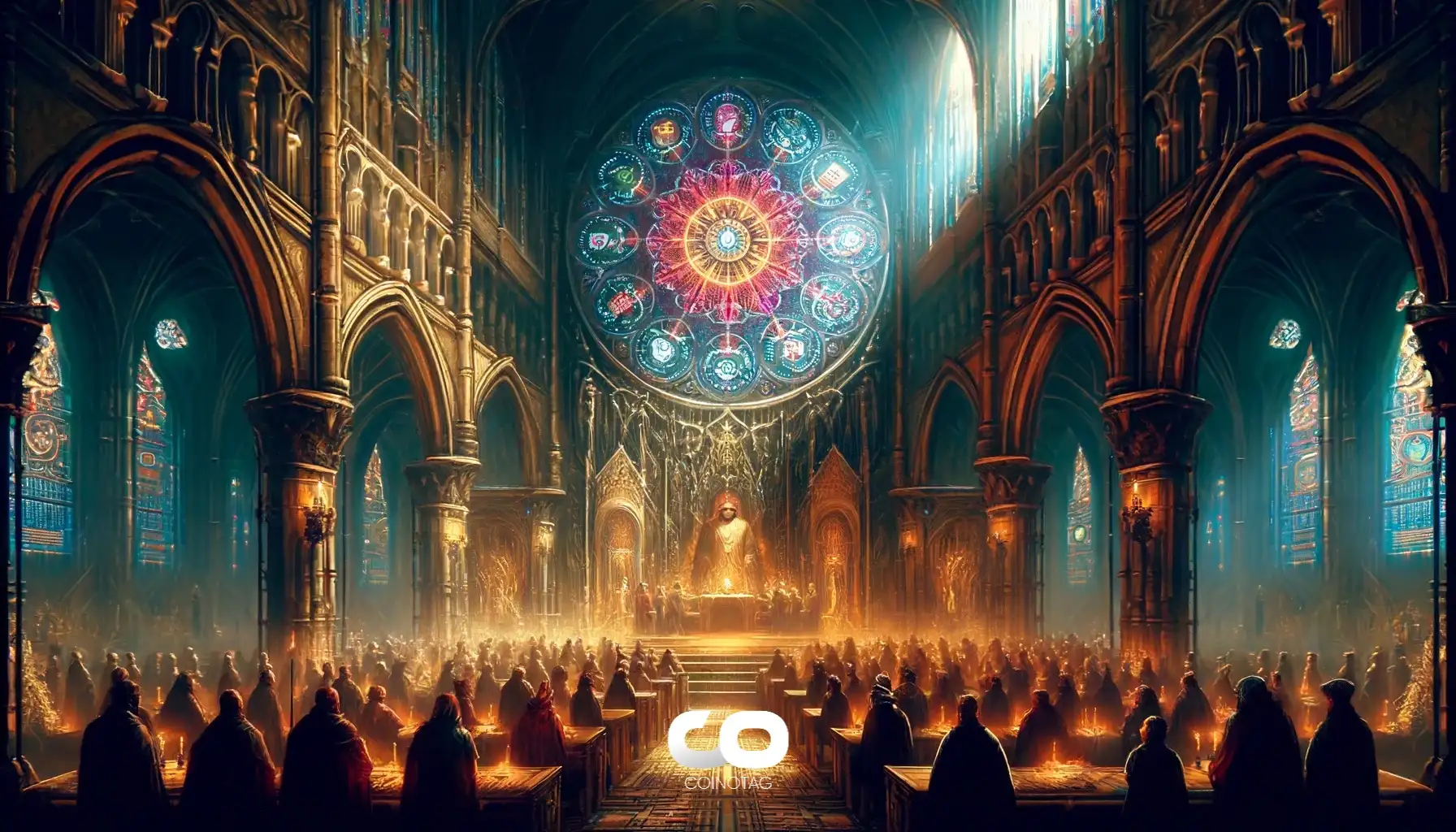Jacob Guedalia on Jiritsu’s Role in the Future of Real-World Asset Tokenization
Jacob Guedalia, Co-Founder and CEO of Jiritsu, shared his thoughts on the advancements and challenges in the current state of blockchain technology, particularly focusing on the tokenization of real-world assets (RWA).
Jiritsu, a blockchain technology company that specializes in decentralized and verifiable computing, addresses key issues in RWA management, striving for transparency and efficiency.
Founded in 2020, Jiritsu aims to make blockchain technology accessible and practical for widespread adoption across various industries. The company have developed technologies such as Unlimited Verifiable Compute (UVC) and Zero-Knowledge Multi-Party Compute (ZK-MPC) to enhance the security and efficiency of asset management on the blockchain. Led by a team with extensive experience in technology and finance, including multiple successful exits and numerous patents, Jiritsu focuses on the tokenization of real-world assets (RWA).
The Foundation of Jiritsu’s Technology
Jiritsu’s journey began with a team of experts in physics, mathematics, cryptography, and computer science. Initially focused on AI projects, they transitioned to blockchain technology, aiming to overcome significant limitations.
“We’ve identified a broad problem with off-chain verifiable compute due to the limitations of blockchain, such as slow computation, lack of access to external data, and no automation. While smart contracts can automate some processes, they can’t be event-driven. They can’t react to events in real time by saying, ‘If this happens, do that,” Guedalia explains.
To address this issue, a solution called the ZK MPC Cloud was created. Unlike ZK proofs or MPC in the sense of multisig wallets, this system combines zero-knowledge privacy-preserving techniques with multi-party computation (MPC). In this setup, multiple nodes (computers) carry out the same workflow in parallel.
For example, if there are three nodes, each performs the same tasks simultaneously. Each node logs its work, and upon completion, the results and workflow are compiled. This workflow can range from simple data retrieval to complex calculations, event monitoring, or obtaining information from oracles, essentially handling any computational task imaginable. The nodes then hash the log of their work to create a proof of action, achieving consensus on the log.
“This proof is recorded on our Layer-1 blockchain that functions as a ledger or registry. For example, we can verify gold sitting inside a vault at Brinks, providing daily verification rather than quarterly audits,” Guedalia adds.
The ZK MPC nodes have been live for nearly two years, operating millions of proofs. The Layer-1 blockchain, currently deployed on the Avalanche ecosystem, handles over $2 billion of verified assets on-chain.
Practical Applications and Use Cases
Jiritsu’s architecture supports a broad range of use cases, making it versatile and adaptable to various industries. The system’s ability to log and verify actions on the blockchain provides a secure and transparent method for managing assets. This method is especially valuable in industries where trust and verification are paramount, such as finance, real estate, and supply chain management.
In the supply chain sector, Jiritsu’s technology can be used to track and verify the authenticity of goods. This capability is particularly useful for high-value items or products requiring stringent quality control. Logging each step of the supply chain on the blockchain ensures that products meet regulatory standards and are not tampered with during transit.
“My favorite application is in the supply chain sector because it captures immense value, and blockchain technology is crucial to this process. We’re actively involved in this area,” Guedalia notes.
Another exciting application of Jiritsu’s technology is in the field of tokenized private equity. Private equity represents an $8 trillion market, typically operating on a 15-year cycle, making it quite illiquid for investors. These deals are often large-ticket investments, difficult for many to access.
Moreover, the current private equity system is highly inefficient. Large fund administrators, which manage back-office operations for numerous private equity firms and billions in assets, still rely on outdated methods like spreadsheets.
This results in frequent errors, such as misdirected funds, which could be avoided with smart contracts. Tokenizing these assets could provide much-needed liquidity, fractionalizing high-quality assets and making them accessible to a broader range of investors who previously couldn’t participate.
“Unlike money market funds and similar large-institutional assets, private equity firms — numbering around 2,000 — are individual businesses holding significant assets that could greatly benefit from moving on-chain. Conversations with portfolio managers at hedge funds and various private equity firms reveal a growing interest in tokenizing their assets, highlighting a trend that could democratize access to valuable investments,” Guedalia says.
The inefficiencies of traditional systems highlight the blockchain’s advantages. Business logic can occur off-chain, but real-world value tokens need to be verifiable. Jiritsu has already implemented this with a fulfillment center for Amazon, managing $30 million in daily inventory.
Platform Scalability and Efficiency
Guedalia highlights the challenges of building a product for millions of users, stressing out the need for robust and scalable technology. He points out that creating an experience for millions, or even tens of millions, of users requires a different approach and stresses the importance of ensuring their technology can support this scale.
One of the key factors in achieving scalability is the ability to handle a large number of transactions simultaneously. Jiritsu’s architecture is designed to support high transaction volumes without compromising on security or efficiency. This capability is crucial for industries like finance, where transaction speed and reliability are critical.
Unlike other blockchain systems that might be overwhelmed by resource-intensive projects, Jiritsu ensures users can always read or write their proofs efficiently.
“The ZK-MPC nodes link the blockchain with external workflows, making it easy to use in real-world applications. We aim for blockchain transactions to show the true value behind each token, preventing them from losing worth. This keeps tokens reliable and valuable, accurately representing the real-world assets they stand for”, Guedalia explains.
The focus on efficiency is also evident in their approach to gas fees. Jiritsu’s infrastructure operates with a fixed cost, making gas fees for running it free. They don’t use their token as a gas token to avoid creating an unstable economy. The price of their token does not affect the cost of writing or reading data, making the system very scalable.
“The gas for our infrastructure is free, and our token is designed to secure the network without affecting transaction costs,” he adds. “The system is also well-protected because it can only be accessed through the ZK-MPC nodes, preventing competition or service interruptions.”
Regulation Importance for the Sector
Guedalia believes that the issue isn’t the regulations themselves but the lack of clarity around them. This uncertainty can lead to two outcomes: people either engage in unethical behavior, thinking they can avoid consequences, or they avoid taking action because they aren’t sure what’s permissible. Once regulators provide clarity, progress will accelerate quickly.
Fortunately, the work Jiritsu is doing is straightforward. Guedalia mentions Jiritsu’s strict adherence to compliance, working closely with lawyers to meet all regulatory requirements.
“We’re not degens; it’s just not in our DNA. We’re innovators and disruptors in technology, and we’re in blockchain because we see it as a transformative infrastructure. We believe you can bring value to both retail and institutions without doing anything shady or non-compliant. Our goal is to create significant value for all our contributors and stakeholders,” he says.
With the launch of money market funds by industry giants like BlackRock, Fidelity, and Franklin Templeton, along with JP Morgan’s activities, Guedalia believes these developments will significantly influence the creation of a more stable regulatory framework.
He feels confident that such big players can’t be ignored, marking a decisive shift in the industry. “I don’t think we’re going back,” he says, expecting the momentum to continue driving adoption.
Jiritsu’s Partnerships and Future Plans
Jiritsu has established key partnerships to secure its platform’s place and expand its reach. They have integrated with Avalanche and the BlackRock infrastructure and are working with major gold-backed token providers.
In addition to their current partnerships, Jiritsu is actively seeking new collaborations to expand their ecosystem.
“We want to integrate with institutional infrastructure so people can use those assets as collateral. We’ve announced several upcoming initiatives, including partnerships with gold-backed tokens and expanding our work in supply chain management. We’re also in discussions with auditing firms like KPMG, EY, and Deloitte to have them become node operators, which will bring more confidence to the network,” Guedalia shares.
User adoption is another important area for the project. Guedalia acknowledges there is still a lot of work to be done in educating users about the benefits of tokenization and blockchain technology: to address this, Jiritsu is investing in educational initiatives to help users understand how to use their platform and the advantages it offers, and ensuring easy integration with various blockchains to simplify the process for users to register and claim tokens.
For non-technical users and traditional finance investors, Jiritsu has taken specific steps to make the platform user-friendly. Retail users can buy tokens, log in with their wallet on Jiritsu’s DApp, and verify their assets with access to all proofs, making the process straightforward.
For institutions, Jiritsu’s integrations are simple, with the company handling most of the work. The focus is on establishing a dialogue to help institutions understand the benefits. Additionally, Jiritsu has announced an exciting project that allows for the collateralization of real-world asset (RWA) tokens to gain liquidity. They are also working on several innovative DePin projects. Jiritsu strives to make all their APIs as straightforward as possible.
Looking ahead, Guedalia is confident that Jiritsu will be a key player in the tokenization movement. He’s optimistic about blockchain’s potential to transform various industries.
“Tokenizing everything is not just a trend; it’s the future. Real estate, supply chain, private equity—these are areas where blockchain can provide immense value,” he predicts.






